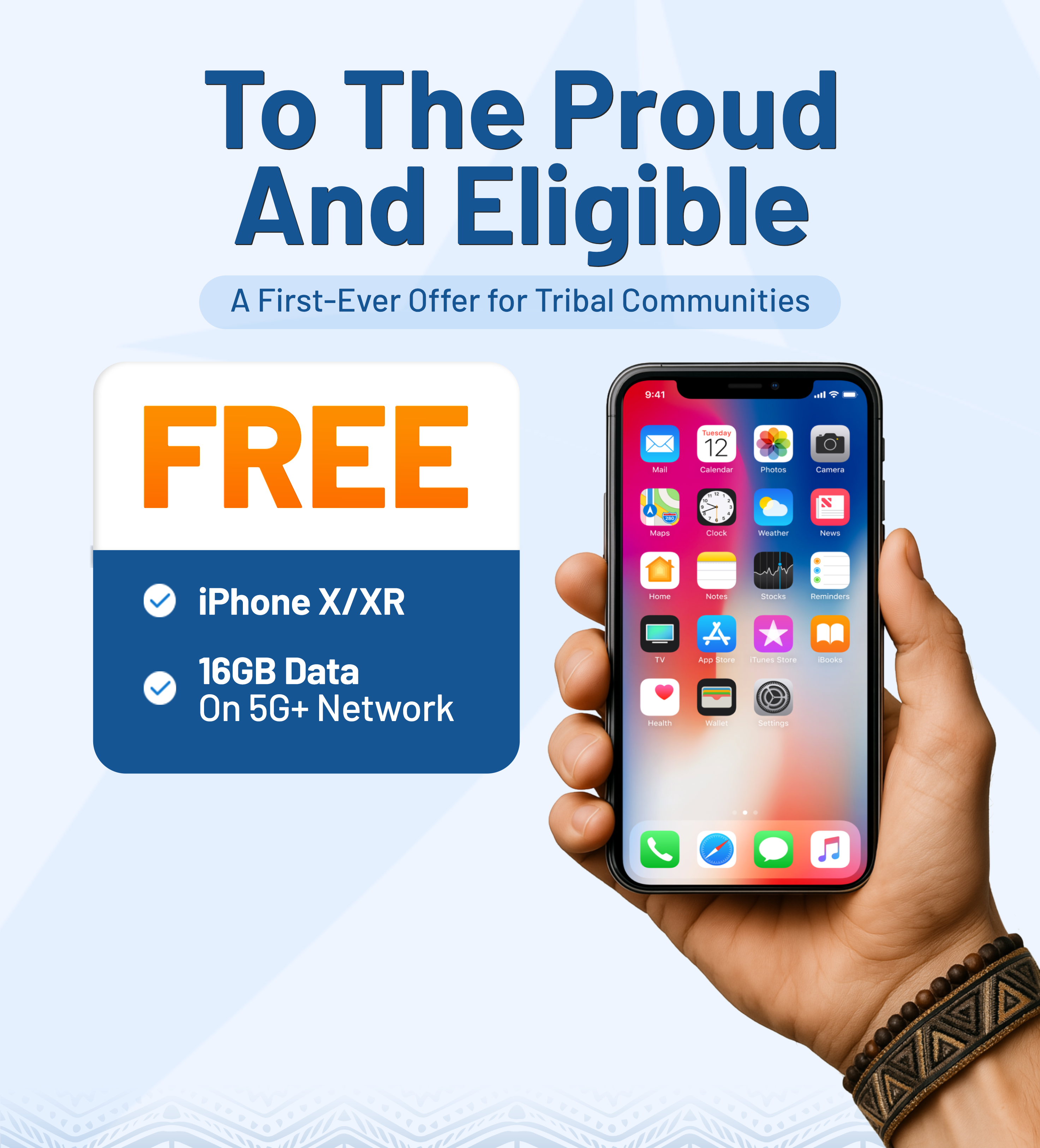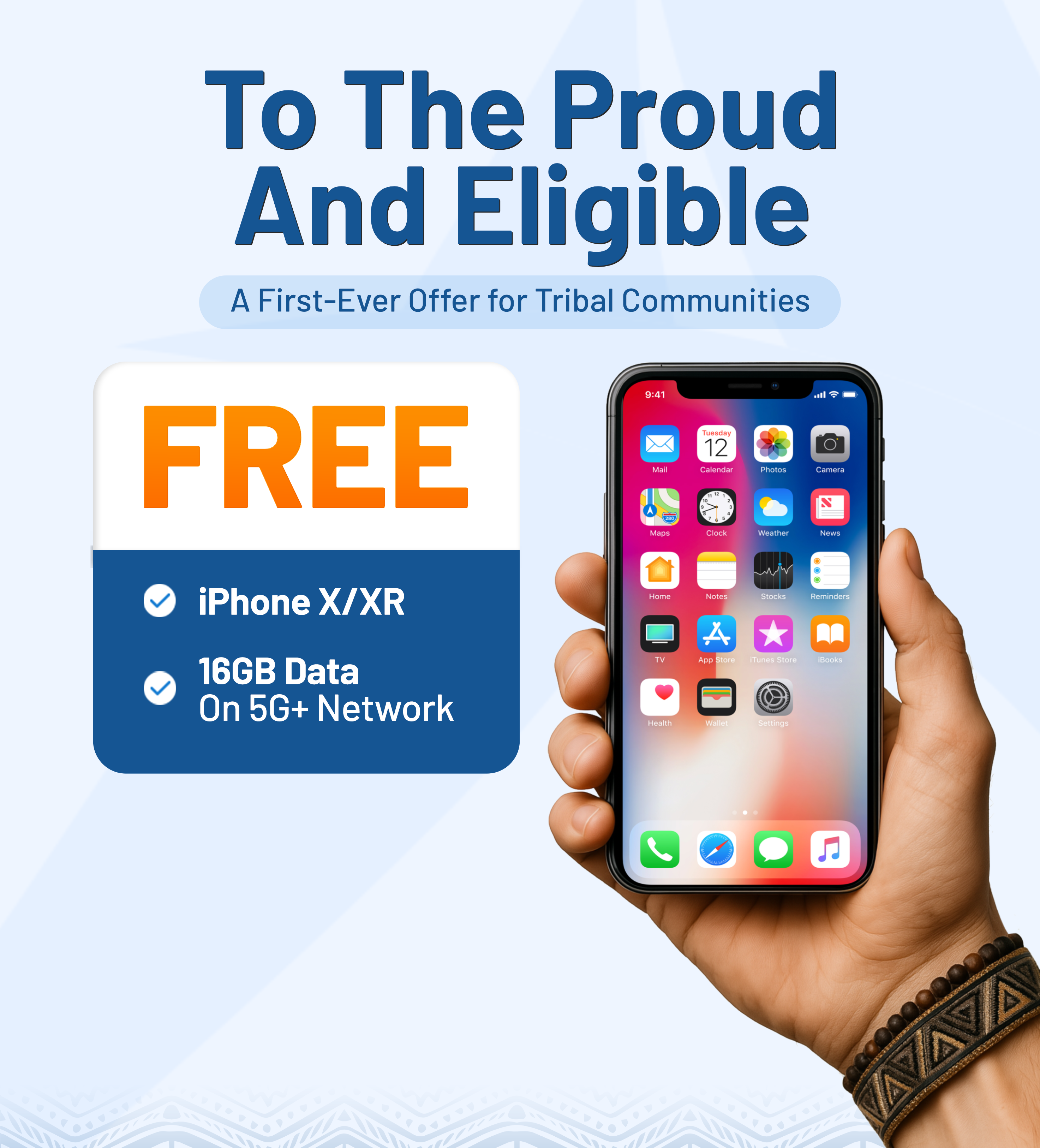Nutritious food is a cornerstone of healthy development, yet millions of children across the United States still face food insecurity. For many families, ensuring kids have access to balanced meals during the school day can be a challenge.
That’s where the National School Lunch Program (NSLP) steps in. This long-standing federal initiative provides free or low-cost meals to students, improving both health and learning outcomes.
In this article, we’ll explore how the program works, who qualifies, and why it remains essential today.
1. What Is the National School Lunch Program?
The National School Lunch Program is a federally assisted initiative that provides nutritionally balanced, low-cost, or free lunches to children in nearly 100,000 public and nonprofit private schools and residential childcare institutions.
It was created by the National School Lunch Act of 1946 (79 P.L. 396, 60 Stat. 230), a federal law designed to provide free or low-cost school meals to eligible students through subsidies to schools.
Beyond improving access to nutrition, the program was established to safeguard children’s health and strengthen national security by ensuring the next generation grew up healthy and capable.
The program is overseen by the U.S. Department of Agriculture (USDA) through its Food and Nutrition Service (FNS). Schools participating in the NSLP receive cash reimbursements and commodity foods for every meal served, provided they meet federal nutrition standards.
1.1 How Does the Program Work?
At its core, NSLP is a partnership between the federal government, state agencies, and local schools. USDA sets nutrition standards and provides reimbursements, while state agencies manage the program and sign agreements with school authorities.
Here’s how it works:
- Nutrition standards: Each lunch must provide one-third of a child’s daily recommended intake of calories, protein, calcium, iron, vitamin A, and vitamin E.
- Cash reimbursements: Schools receive federal funds for every qualifying meal they serve.
- Commodity foods: Schools also benefit from USDA food donations, which reduce costs while maintaining quality.
- State administration: State agencies oversee implementation and ensure schools meet federal requirements.
In fiscal year 2024 alone, the program served over 4.8 billion lunches at a total cost of $17.7 billion, highlighting its massive reach. Studies consistently show that children who participate in NSLP consume healthier meals than those who bring lunch from home or purchase food elsewhere.

1.2 Who Qualifies for NSLP?
National School Lunch Program requirements are based on household income:
- Free meals: Children in households at or below 130% of the federal poverty level, or those already receiving SNAP or TANF benefits.
- Reduced-price meals: Children in households between 130% and 185% of the poverty line. Schools can charge no more than 40 cents for these meals.
- Paid meals: Students from households above 185% of the poverty line may purchase lunches at a low cost.
This structure ensures that every child has access to nutritious meals, with the greatest support going to those who need it most. Importantly, participation has been shown to reduce food insecurity and improve children’s diets across the nation.
1.3 Simple Steps to Apply for the Lunch Program
Applying for school meal benefits is straightforward:
Step 1: Check eligibility:
Families can review income guidelines published annually by the USDA or confirm eligibility through participation in programs like SNAP or TANF.
* Some students are automatically eligible through “direct certification,” which matches school records with SNAP or TANF databases.
Step 2: Submit an application
Most schools distribute applications at the start of the year. Families can also apply online or request forms directly from the school office.
Step 3: Approval
Schools review the application and notify families if children qualify for free or reduced-price meals. Once approved, benefits typically last for the entire school year.
>>> Read more: California Lifeline Providers: How To Find & Choose the Best One!
2. What States Have Free School Lunch?
While the NSLP provides free or reduced-price meals nationwide, some states have gone further by adopting universal free school meal programs. These state-funded initiatives ensure that all students, regardless of family income, can eat for free during the school day.
As of the 2025–2026 school year, the following states offer free school lunch to all public school students:
- California
- Colorado
- Maine
- Massachusetts
- Michigan
- Minnesota
- New Mexico
- New York
- Vermont
For families living elsewhere, schools with high poverty rates may still provide universal free meals through the Community Eligibility Provision (CEP).

3. National School Lunch Program California and Lifeline: Unlock Extra Benefits
Did you know that in California, the National School Lunch Program offers more than just healthy meals for kids? Beyond ensuring students get the nutrition they need to focus and thrive, this program also unlocks an unexpected benefit for families.
What if access to free school lunches could also help you stay connected with affordable phone and internet services? Let’s explore how California’s approach to the National School Lunch Program goes a step further.
3.1 California’s Approach to Student Nutrition
California has a long history of supporting student nutrition through the NSLP. Since its adoption, the state has expanded its efforts to ensure that children receive healthy meals aligned with the Dietary Guidelines for Americans.
Every participating school must meet strict nutrition standards, limiting calories from fat and including essential nutrients that aid growth and learning.
Despite widespread eligibility, not every student who qualifies participates. This gap highlights the need for continued outreach and awareness.
Key facts about California’s NSLP include:
- Massive participation: Schools in California serve hundreds of millions of lunches each year, with most provided free or at reduced cost to children from low-income households.
- State meal mandate: Beyond federal requirements, California enforces its own rule that public schools must provide at least one meal each day to all low-income students. This ensures no child is left without food during the school day.
- Blended funding: The program is supported by both federal reimbursements and state dollars, helping schools cover the cost of providing nutritious meals.
- USDA support: Schools receive USDA commodity foods as well as “bonus” commodities from agricultural surpluses, which lower costs while maintaining food quality.
3.2 Bonus: California NSLP Recipients Automatically Qualify for Lifeline
An added benefit for families in California is that participation in the NSLP also qualifies households for the Lifeline program. Lifeline is a federal assistance initiative that reduces the cost of phone and internet services for low-income households.
For families already enrolled in the National School Lunch Program, eligibility for Lifeline is automatic. This means there’s no need for extra income verification.

Through Lifeline, households receive a monthly discount of $9.25, or up to $34.25 for those living on Tribal lands on phone or internet services.
On top of this federal support, many Lifeline providers, such as AirTalk Wireless, offer expanded benefits at no extra cost. Eligible families may also receive:
- Free or heavily discounted smartphones.
- Monthly talk, text, and data allowances (up to 30GB*, depending on the plan).
- Extra perks, such as free nationwide calling to over 200 destinations, voicemail, caller ID, and other essential features.
*Offers may vary and are subject to future updates.
Best of all, the application process is quick and simple, especially since participation in the National School Lunch Program already confirms your eligibility.
By combining the NSLP with Lifeline, California families not only secure nutritious meals for children at school but also affordable digital access to support learning and communication at home.
Final Words
The National School Lunch Program remains one of the most effective tools in combating child hunger and supporting student achievement. By providing nutritious meals at little to no cost, it improves health, boosts focus in the classroom, and reduces food insecurity nationwide.
If you or your child qualify for NSLP, take advantage of this vital program!
Families in California can also explore additional support through AirTalk Wireless to access affordable communication services while ensuring kids receive the healthy meals they deserve.


